Mercedes E-Class Wagon VS Toyota Prius – Specs, Efficiency & Price Comparison
Find out now which car fits your needs better!
The Mercedes E-Class Wagon (Estate) is powered by a Diesel MHEV, Plugin Hybrid or Petrol MHEV engine and comes with a Automatic transmission. In comparison, the Toyota Prius (Hatchback) features a Plugin Hybrid engine and a Automatic gearbox.
When it comes to boot capacity, the Mercedes E-Class Wagon offers 615 L, while the Toyota Prius provides 284 L – depending on what matters most to you. If you’re looking for more power, you’ll need to decide whether the 585 HP of the Mercedes E-Class Wagon or the 223 HP of the Toyota Prius suits your needs better.
There are also differences in efficiency: 0.50 L vs 0.50 L. In terms of price, the Mercedes E-Class Wagon starts at 52600 £, while the Toyota Prius is available from 39400 £.
Compare all the key specs now and find out which model fits your lifestyle best!
Mercedes E-Class Wagon
The Mercedes-Benz E-Class Wagon offers a harmonious blend of luxury and practicality, making it a favourite for those who value both style and functionality. Its sleek exterior design is matched by a sophisticated interior that provides a comfortable and spacious environment for both driver and passengers. This vehicle also boasts advanced technology features, ensuring a smooth and connected driving experience.
details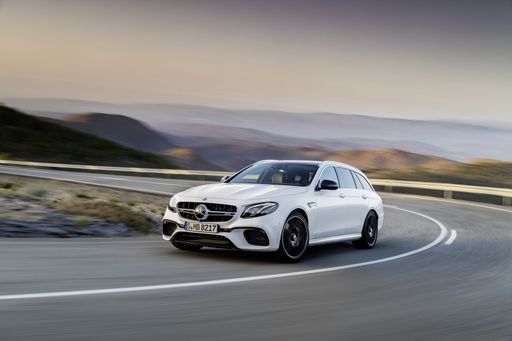 @ group-media.mercedes-benz.com
@ group-media.mercedes-benz.com
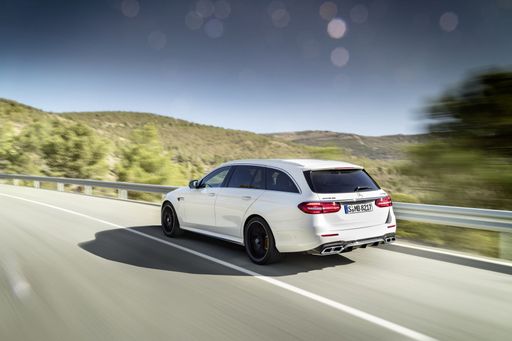 @ group-media.mercedes-benz.com
@ group-media.mercedes-benz.com
 @ group-media.mercedes-benz.com
@ group-media.mercedes-benz.com
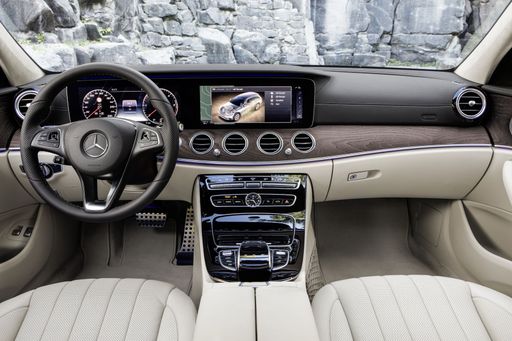 @ group-media.mercedes-benz.com
@ group-media.mercedes-benz.com
Toyota Prius
The Toyota Prius stands as a pioneer in the realm of hybrid vehicles, offering an eco-friendly driving alternative with its innovative technology. Its aerodynamic design and comfortable interior make it a practical choice for those looking to reduce their carbon footprint without sacrificing style. Additionally, the Prius boasts a reputation for reliability and efficiency, contributing to its lasting popularity among environmentally conscious drivers.
details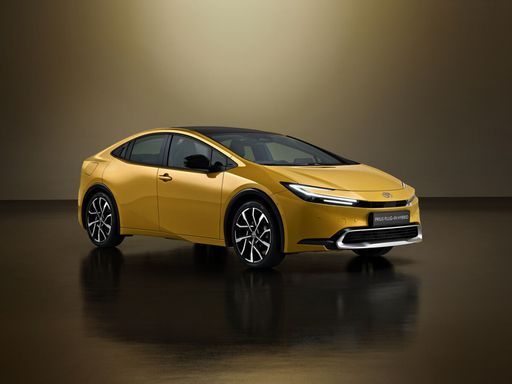 @ Toyota
@ Toyota
 @ Toyota
@ Toyota
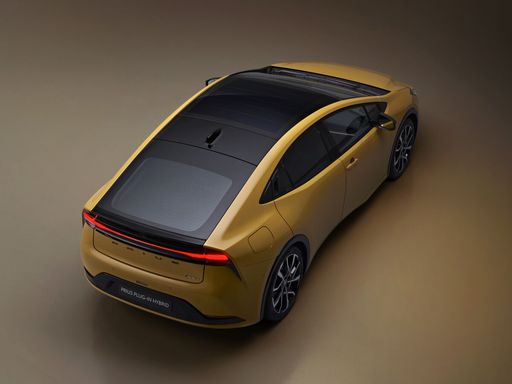 @ Toyota
@ Toyota
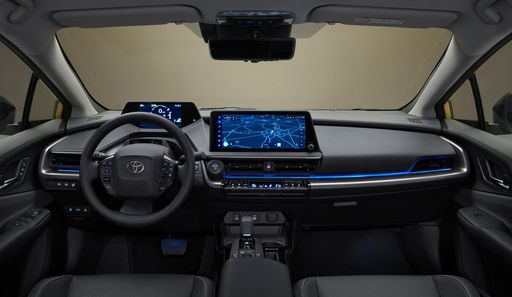 @ Toyota
@ Toyota

|

|
|
|
|
Costs and Consumption |
|
|---|---|
|
Price
52600 - 121800 £
|
Price
39400 - 45800 £
|
|
Consumption L/100km
0.5 - 7.9 L
|
Consumption L/100km
0.5 - 0.7 L
|
|
Consumption kWh/100km
-
|
Consumption kWh/100km
-
|
|
Electric Range
97 - 110 km
|
Electric Range
72 - 86 km
|
|
Battery Capacity
21.20 kWh
|
Battery Capacity
-
|
|
co2
12 - 181 g/km
|
co2
12 - 17 g/km
|
|
Fuel tank capacity
50 - 66 L
|
Fuel tank capacity
40 L
|
Dimensions and Body |
|
|---|---|
|
Body Type
Estate
|
Body Type
Hatchback
|
|
Seats
5
|
Seats
5
|
|
Doors
5
|
Doors
5
|
|
Curb weight
1900 - 2435 kg
|
Curb weight
1620 - 1630 kg
|
|
Trunk capacity
460 - 615 L
|
Trunk capacity
284 L
|
|
Length
4949 - 4959 mm
|
Length
4599 mm
|
|
Width
1880 mm
|
Width
1782 mm
|
|
Height
1469 - 1497 mm
|
Height
1470 mm
|
|
Payload
540 - 645 kg
|
Payload
365 - 375 kg
|
Engine and Performance |
|
|---|---|
|
Engine Type
Diesel MHEV, Plugin Hybrid, Petrol MHEV
|
Engine Type
Plugin Hybrid
|
|
Transmission
Automatic
|
Transmission
Automatic
|
|
Transmission Detail
Automatikgetriebe
|
Transmission Detail
-
|
|
Drive Type
All-Wheel Drive, Rear-Wheel Drive
|
Drive Type
Front-Wheel Drive
|
|
Power HP
186 - 585 HP
|
Power HP
223 HP
|
|
Acceleration 0-100km/h
4.1 - 8.8 s
|
Acceleration 0-100km/h
6.80 s
|
|
Max Speed
213 - 250 km/h
|
Max Speed
177 km/h
|
|
Torque
320 - 750 Nm
|
Torque
-
|
|
Number of Cylinders
4 - 6
|
Number of Cylinders
4
|
|
Power kW
137 - 430 kW
|
Power kW
164 kW
|
|
Engine capacity
1993 - 2999 cm3
|
Engine capacity
1998 cm3
|
General |
|
|---|---|
|
Model Year
2023 - 2024
|
Model Year
2023
|
|
CO2 Efficiency Class
E, B, F, D, G
|
CO2 Efficiency Class
B
|
|
Brand
Mercedes-Benz
|
Brand
Toyota
|
Mercedes E-Class Wagon
Introduction to the Mercedes-Benz E-Class Wagon
The Mercedes-Benz E-Class Wagon, or T-Modell, has long been synonymous with luxury, versatility, and cutting-edge technology. It stands as a paragon of engineering excellence, continually raising the bar in the premium estate category. Catering to a wide array of needs, this model combines elegance with functionality, offering both performance and practicality in equal measure.
State-of-the-Art Powertrains
At the heart of the E-Class Wagon are its diverse powertrain options, designed to meet varying driver preferences. Boasting everything from mild-hybrid diesel and petrol engines to advanced plug-in hybrid systems, the model ensures reduced emissions without compromising performance. Engine options range from 220 PS to a thrilling 585 PS, supported by seamless automatic gearboxes that provide a smooth and dynamic driving experience.
Innovative Features and Technology
The Mercedes-Benz E-Class Wagon is brimming with innovative features that enhance safety and driving pleasure. The latest models come equipped with intelligent drive features, including advanced driver-assistance systems that anticipate and react to road conditions in real time. These include adaptive cruise control, lane-keeping assist, and autonomous emergency braking, working together to create a safer and more comfortable journey.
Exceptional Comfort and Practicality
Possessing an uncompromising attention to detail, the E-Class Wagon offers luxurious interiors that blend premium materials with cutting-edge technology. The spacious cabin seats five comfortably, while the load capacity of up to 615 litres ensures ample space for luggage and equipment. Options for exclusive trim lines, such as the AMG Line and Exclusive Premium variants, allow for bespoke touches tailored to individual tastes.
Eco-Friendly Efficiency
As the automotive industry pushes towards sustainability, Mercedes-Benz has ensured that the E-Class Wagon stays ahead of the curve. With CO2 emissions ranging from a mere 12 g/km in hybrid variants to a commendable efficiency of 181 g/km for the more powerful models, and fuel consumption as low as 0.5 L/100km, these estates deliver eco-friendly performance that doesn't sacrifice power.
Advanced Safety Systems
Safety is paramount in the E-Class Wagon, thanks to the incorporation of pioneering systems that protect both driver and passengers. The models benefit from sophisticated airbags, intelligent braking technology, and structural enhancements that have all contributed to an enhanced safety rating. Additionally, dynamic handling updates ensure a stable ride even in challenging driving conditions.
Conclusion
In summary, the Mercedes-Benz E-Class Wagon is a luxury vehicle that pushes boundaries through its impressive range of technical features and innovation. Whether for urban commutes or grand touring, the estate's harmonious blend of efficiency, performance, and luxury sets a new standard for what a premium estate can offer.
Toyota Prius
The All-New Toyota Prius: Revolutionising Efficiency and Performance
The Toyota Prius, a name synonymous with hybrid innovation, has once again shown why it remains at the forefront of eco-friendly automotive technology. The latest models have enhanced technical features and innovations, setting new standards for efficiency and driving experience.
Hybrid Performance: A Leap Forward
The latest Prius models employ a sophisticated 2.0 litre Plug-in Hybrid system that flawlessly melds petrol and electric power. With a power output of 223 PS, it propels the Prius with impressive dynamism, reaching 0-100 km/h in just 6.8 seconds. This performance-oriented aspect of the Prius does not compromise on efficiency, with an astonishing fuel consumption ranging from 0.5 to 0.7 L/100km.
Electric Range and Efficiency
One of the key highlights of the new Prius is its substantial electric-only range. Depending on the variant, it can travel between 72 to 86 km on electric power alone, making it an ideal choice for urban commutes where zero emissions are preferred. The hybrid system's CO2 emissions are remarkably low, between 12 and 17 g/km, contributing to its CO2 Efficiency Class B rating.
Engineering Excellence with CVT
The Prius is equipped with a state-of-the-art Continuously Variable Transmission (CVT), ensuring a smooth and efficient drive. This advanced transmission supports the front-wheel-drive layout, delivering power seamlessly and enhancing driving pleasure without sacrificing fuel economy.
Stylish Design and Comfort
Designed as a sleek five-door hatchback, the Prius offers a comfortable and spacious interior with seating for five passengers. It measures 4599 mm in length, 1782 mm in width, and 1470 mm in height, offering a practical balance of size and comfort. The boot space, while tailored for the hybrid battery, still provides a decent 284 litres of storage.
Cost Efficiency
The running costs of the Prius are competitive, with monthly expenses estimated between €1064 and €1188, and cost per kilometre ranging from 42.6 to 47.5 cents. Its efficient design results in a maximum speed of 177 km/h and a practical fuel tank size of 40 litres, ensuring less frequent stops on longer journeys.
Conclusion: The Prius Legacy Continues
The Toyota Prius continues to lead by example in the realm of hybrid technology. Combining impressive power with unmatched efficiency and a sophisticated driving experience, it is clear that the Prius remains a compelling choice for the environmentally conscious driver. Its innovative features and favourable cost metrics only bolster its appeal in the modern automotive landscape.
The prices and data displayed are estimates based on German list prices and may vary by country. This information is not legally binding.
